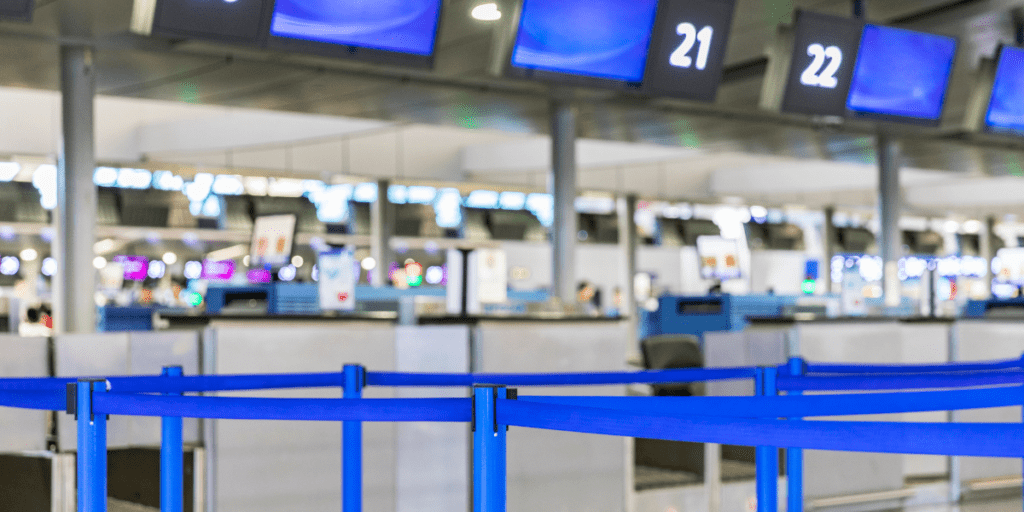Arana Security: Reflecting on Our Achievements and Setting Our Sights for the Future
As we welcome a new year, we at Arana Security take pride in reflecting on the milestones we have achieved and the foundation we have laid for an exciting future. This last year has been nothing short of transformative as we expanded our offerings, enhanced our capabilities, and deepened our commitment to delivering cutting-edge security solutions. Key Achievements of the Year Expanding Our Portfolio of Solutions This past year, we successfully broadened our suite of security solutions, staying ahead of the curve in an ever-evolving industry. We expanded on our innovative biometric authentication tools, introduced new identity management systems such as RapidID, and advanced our biometric management system, tailored to diverse industries. By leveraging state-of-the-art technology and fostering new partnerships with manufacturers, we have continued to provide our clients with unparalleled protection and seamless integration into their operations. Working closely with HID, our team developed the RapidID application, which brings rapid identification capabilities directly to the hands of law enforcement officers. Rapid ID allows officers to perform identity checks directly in the field within minutes. This eliminates the need to transport suspects to a police station, keeping patrol areas secure and reducing custody suite usage for confirmed offenders. In addition, this year has seen improvements to our BioWave Time Attendance application, with new features such as remote GPS check-in and an enhanced user interface. Strengthening Relationships At the heart of our mission is our dedication to serving our clients. This year, we have established closer partnerships, ensuring our solutions are bespoke systems designed to meet specific challenges. Our client base has grown significantly, with new partnerships spanning sectors such as manufacturing, oil and gas, and education. We have also developed new partnerships with ASSA Abloy and strengthened previous partnerships with leading manufacturers such as IDEMIA, Suprema, Integrated Biometrics and HID. Reach and Presence Arana Security’s footprint has grown beyond its traditional borders. We have explored new markets, bringing our expertise to industries and regions where security challenges are rapidly intensifying. This expansion marks a significant business milestone and reinforces our belief in the widespread need for trustworthy, cutting-edge security solutions. The Arana Team This year, the Arana Security team has grown significantly. We have welcomed several talented individuals to our development team, enhancing our capacity to deliver sophisticated and scalable solutions. Our sales and marketing team has grown as we’ve added skilled professionals who have enhanced our outreach efforts and strengthened our presence in both new and existing markets. These new team members have increased our operational capabilities and brought fresh perspectives and ideas, which are driving innovation throughout the organisation. Looking to the Future As we enter the coming year, we focus on sustainable growth and innovation. Here\’s how we\’re planning to build on this year\’s success: Expanding Technological Horizons We\’re committed to staying at the forefront of technology. In the coming year, we expect to see further advancements in biometrics and the integration of AI into our systems. Our aim is to offer solutions that address current challenges and anticipate future threats, offering customers future-proof solutions. Strengthening Partnerships Collaboration will be a cornerstone of our growth strategy. By building strategic alliances with technology providers, government bodies, and industry leaders, we aim to co-create solutions that redefine security standards globally. Sustainability and Corporate Responsibility Security and sustainability go hand in hand. We’re enhancing our efforts to minimise our environmental impact and support initiatives that benefit the communities we serve. From reducing our carbon footprint to supporting local projects, we’re integrating sustainability into our operations. A Thank You to Our Stakeholders None of our achievements would have been possible without the trust and support of our clients, partners, and employees. To our clients, thank you for choosing Arana Security as your trusted partner. To our employees, your dedication and innovation are the backbone of our success. And to our partners, your collaboration has been invaluable in driving progress. As we look ahead, the possibilities for growth and innovation are boundless. Arana Security remains steadfast in creating safer, more secure environments for businesses and communities. Here\’s to another year of achievements, challenges, and breakthroughs. Together, we’re not just imagining the future of security – we’re building it. Stay connected with us for updates on our journey and new developments in the coming year!
Arana Security: Reflecting on Our Achievements and Setting Our Sights for the Future Read More »










